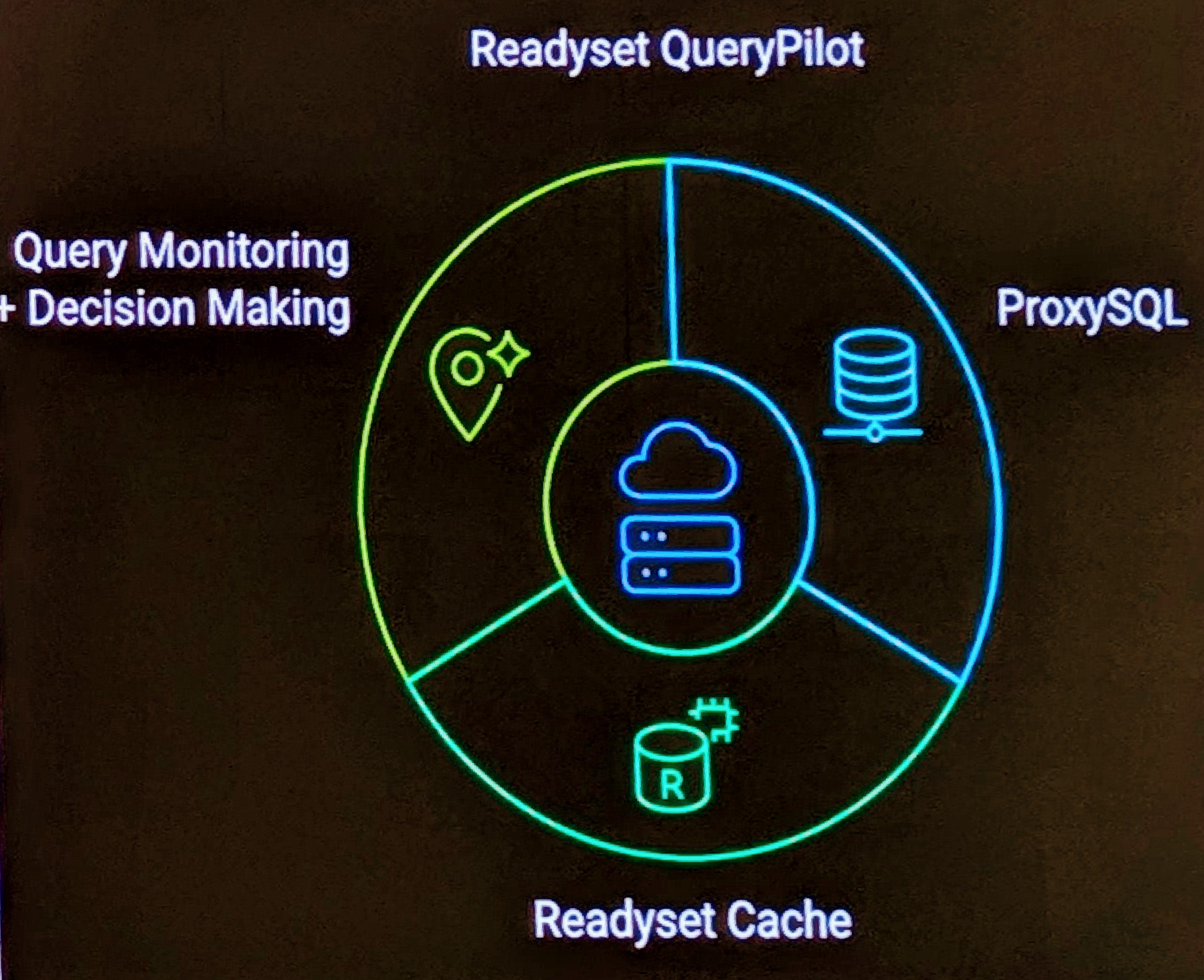In response to a number of comments, I thought I would clarify the scope of my discussion regarding Options using MySQL pairs before I begin. As mentioned their is no one way or type of configuration for MySQL in a HA solution, however the simplest progression from a single Master/Slave environment is the concept of a pair of servers, configured to support a fail over and fail back via MySQL Replication.
The concept of a MySQL Pair in this context is to have a “hot” MySQL standby ready for controlled and hopefully! automated fail over. I say hopefully because with MySQL Replication as an asynchronous solution there is no guarantee for no loss of data.
I consider DRBD/Heatbeat for example a “cold” standby, as MySQL on the slave server is not actually running. DRBD does provide a guarantee of consistency in data (a synchronous solution) that is written at a disk level, which is a significant advantage over asynchronous replication. I consider Red Hat Cluster suite, simply a management process, and definitely “cold”.
A Shared disk solution, for example a SAN, and a failover server that uses the shared storage, is also a “cold” standby.
There are advantages and disadvantages to each option. These relative merits of the strengths and weaknesses should be considered carefully when you are making a design decision.


